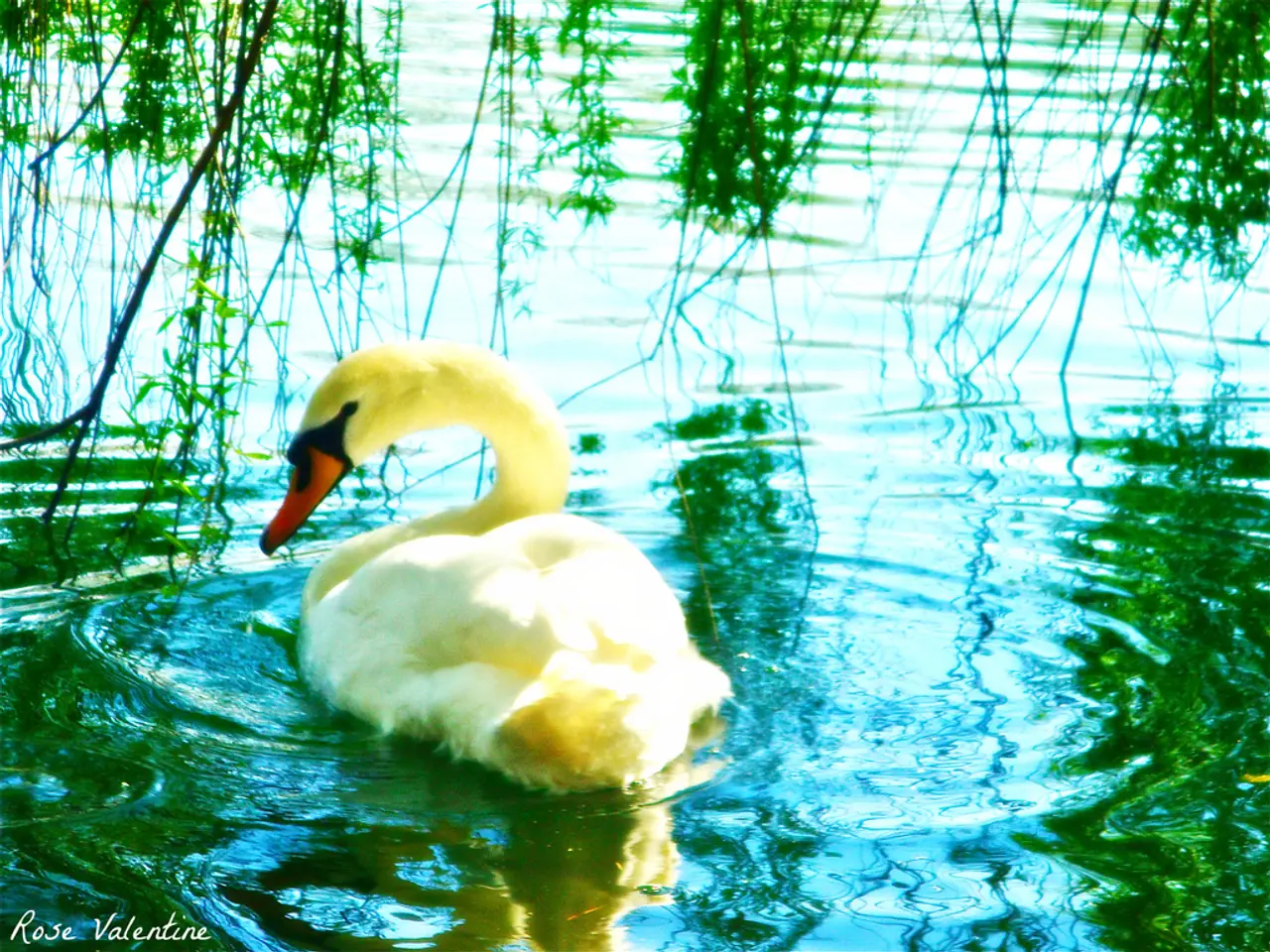Spotted Kiwi Remains at Risk
The little spotted kiwi (Apteryx owenii), the smallest kiwi species, faces significant genetic challenges due to historical population crashes and subsequent genetic bottlenecks. A study led by researchers from Victoria University highlights this vulnerability, as the species has a low genetic diversity that limits their ability to adapt to environmental changes and new threats.
The little spotted kiwi population, estimated to be around 2,000 in Aotearoa in 2025, primarily survives on predator-free offshore islands and fenced sanctuaries. These relic populations, derived from a tiny founder population, have significantly reduced genetic variability. The rediscovery of wild individuals on the mainland after presumed extinction there is notable but does not alleviate concerns about low genetic diversity stemming from the limited ancestral population and isolation.
Conservation programs have focused on maintaining and augmenting these populations in safe habitats, but the genetic bottleneck effect implies that long-term persistence depends on careful management to avoid inbreeding depression and loss of adaptive potential. Genetic monitoring and potentially managed breeding or translocations may help mitigate these effects in conservation strategies.
An intriguing finding from recent research published in the ornithological journal Ibis is that female little spotted kiwi use calls for close-range purposes, like staying in contact with their partners. This discovery could be valuable to help extend the genetic diversity of the species. Furthermore, Dr Digby is investigating whether little spotted kiwi have a call signature that can be used for identifying individuals.
The little spotted kiwi population on Long Island did not receive genetic contribution from D'Urville Island birds. Despite a relatively large population, the little spotted kiwi has extremely low genetic diversity, which threatens their long-term persistence. The population increase is due to the conservation efforts of community groups, agencies, and tangata whenua. Notably, in July 2025, a pair of little spotted kiwi were found on New Zealand's mainland for the first time in 50 years.
The little spotted kiwi usually mates for life, and male and female kiwi can synchronise their calls and have complementary call frequencies. Male little spotted kiwi use their calls for long-range purposes, such as defending their territory from other kiwi. The research led by Dr Andrew Digby, Dr Ben Bell, and Dr Paul Teal found that the little spotted kiwi call in harmony with each other using a previously unknown form of vocal co-operation. The differences in the frequency and pitch of little spotted kiwi calls are not solely due to size differences between males and females.
This article has been published by Referencing Hub media, shedding light on the challenges faced by the little spotted kiwi and the ongoing efforts to conserve this unique species. The genetic bottleneck effect is a significant concern for the little spotted kiwi's long-term persistence, but careful management and potential genetic interventions may help ensure their survival for future generations.
The genetic bottleneck effect in the little spotted kiwi population, caused by reduced ancestral population and isolation, threatens their long-term persistence, necessitating careful management and potential genetic interventions such as genetic monitoring, managed breeding, or translocations to avoid inbreeding depression and loss of adaptive potential. The discovery of unique call patterns and vocal co-operation among little spotted kiwi could provide valuable insights for expanding their genetic diversity and aiding conservation strategies.




